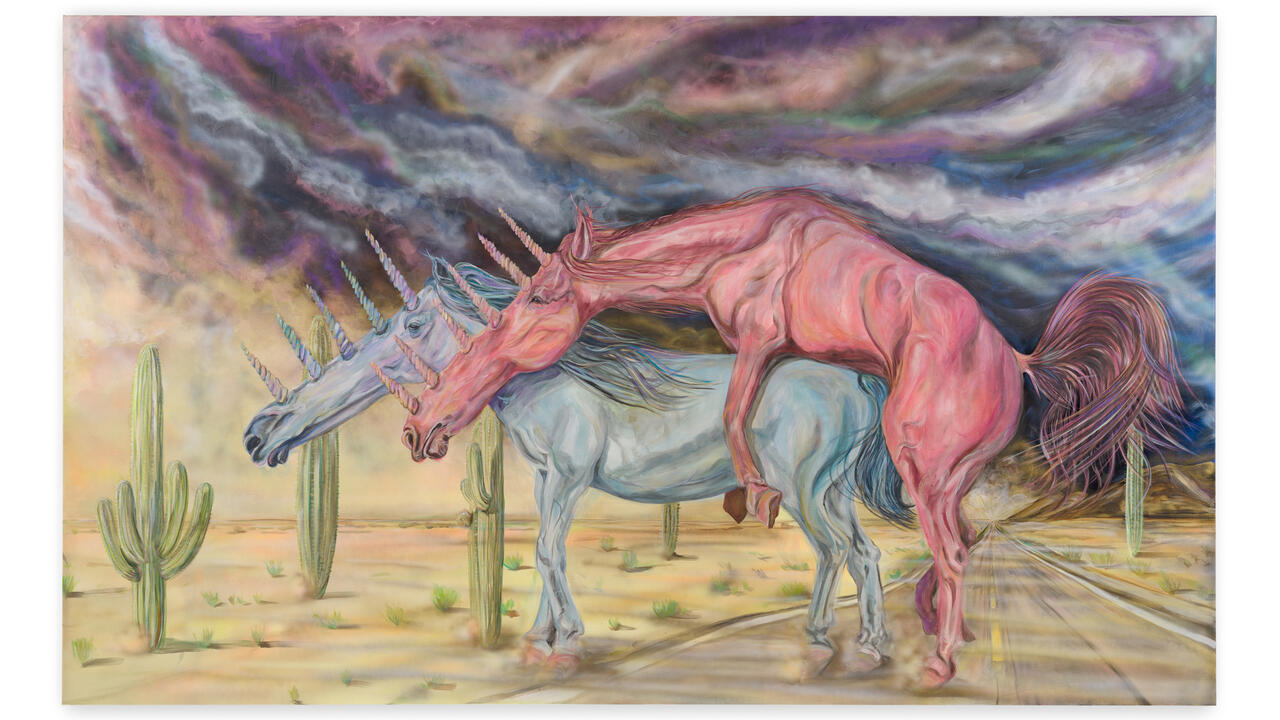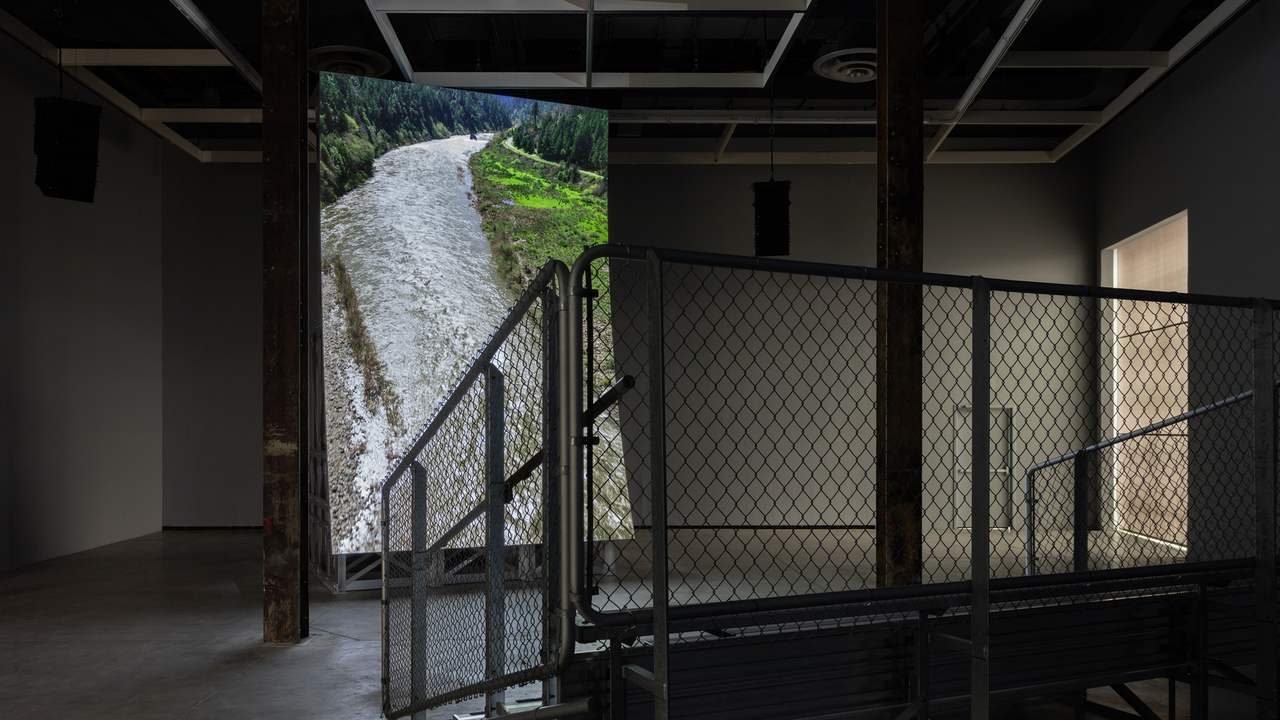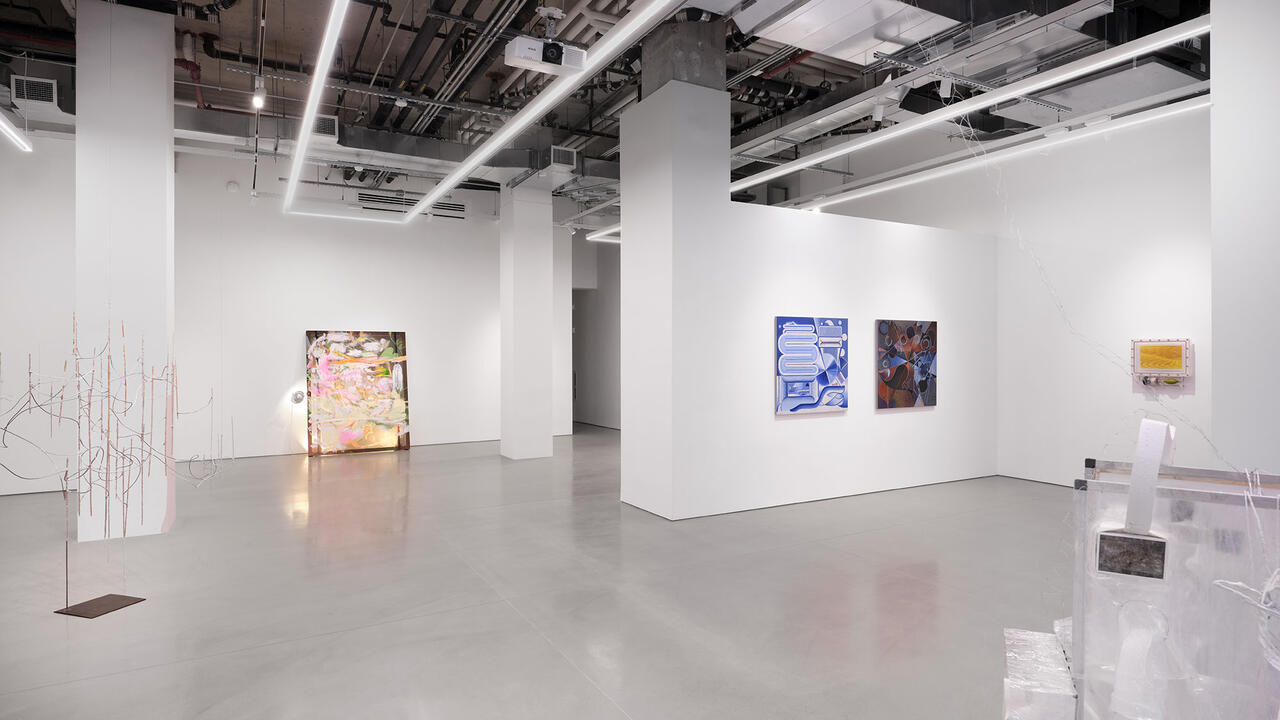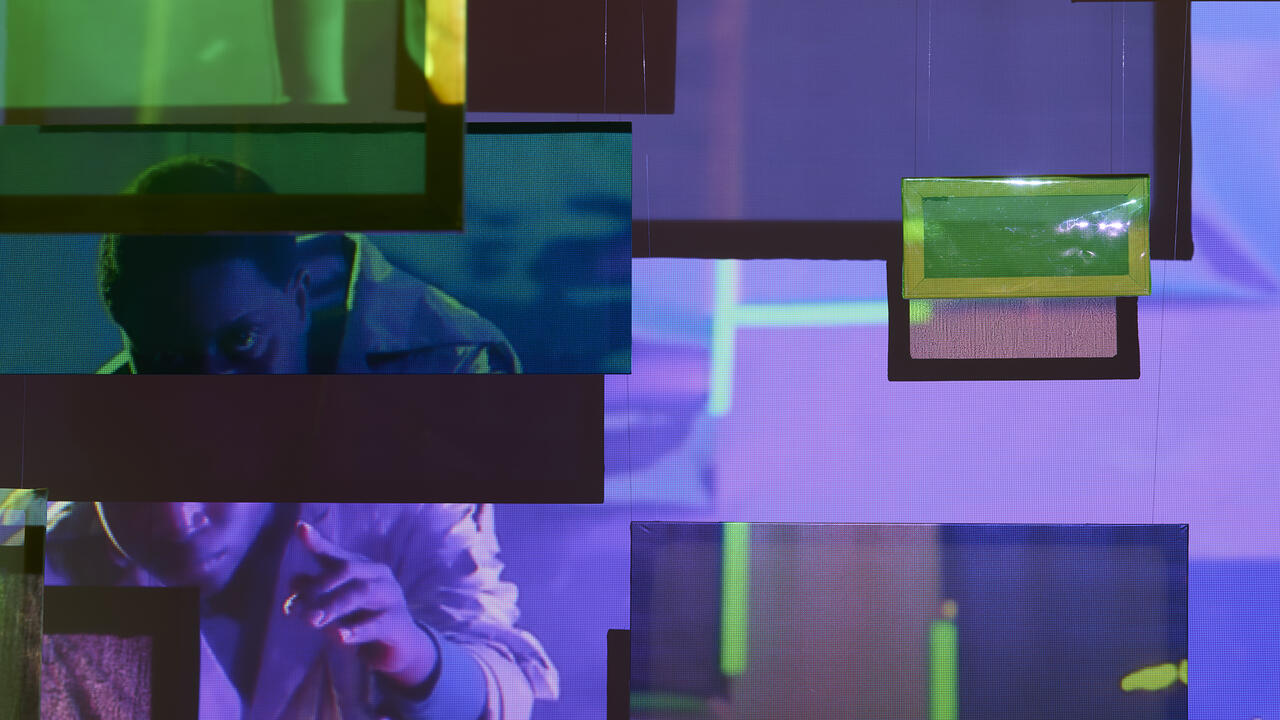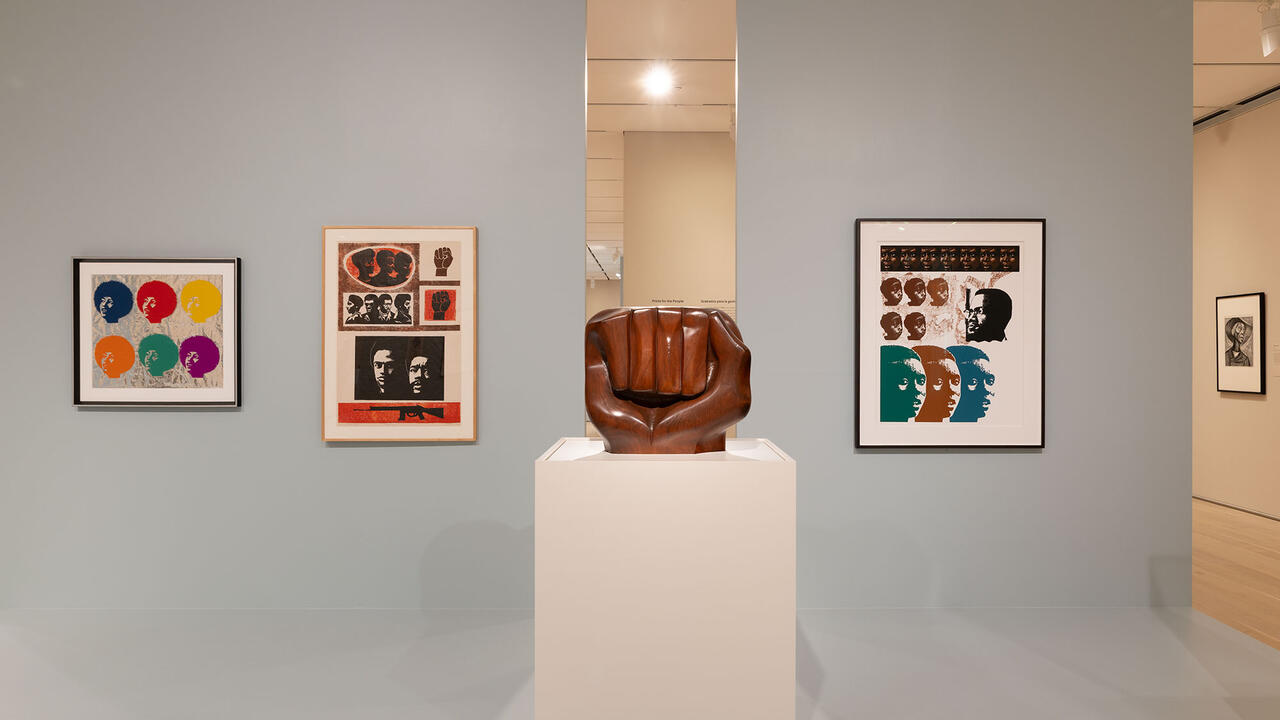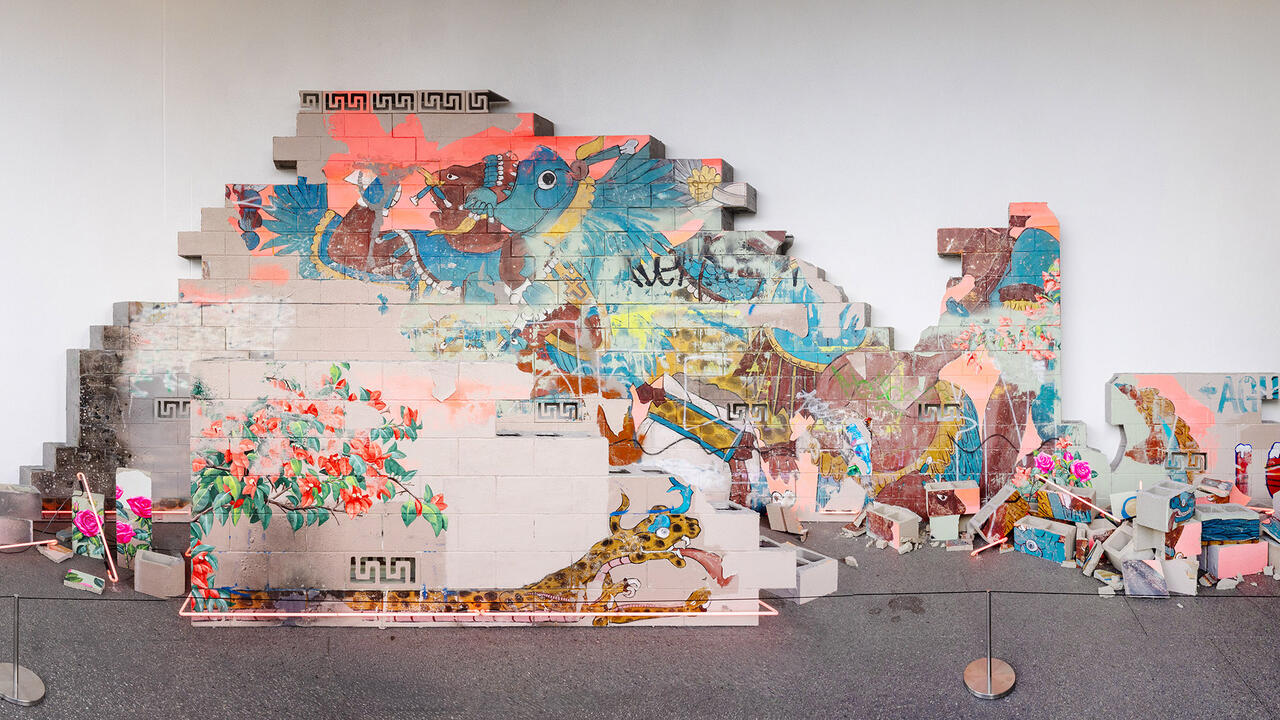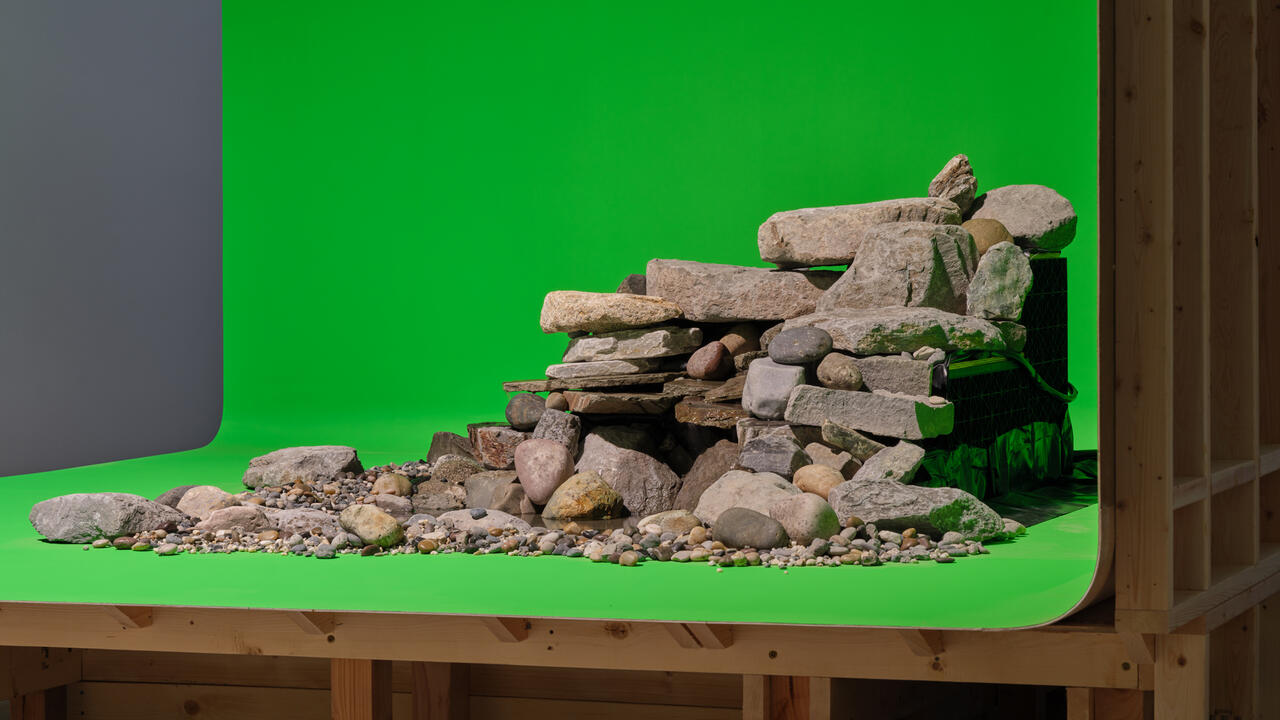Urs Fischer Spotlights Pluralistic Notions of Love
At Museo Jumex, Mexico City, the artist’s first institutional survey in Latin America celebrates the tenderness between friends, family, lovers and objects
At Museo Jumex, Mexico City, the artist’s first institutional survey in Latin America celebrates the tenderness between friends, family, lovers and objects

‘Urs Fischer: Lovers’ at Museo Jumex is the artist’s first institutional exhibition in Mexico and the most expansive survey of his work to date. Curated by Francesco Bonami, the show spans all three of the museum’s gallery floors, assembling a litany of objects to create a so-called psychological theme park. Seducing us through colour, size and form, Fischer turns a spotlight on and dissects pluralistic notions of love.
Outside the museum’s David Chipperfield-designed building stands The Lovers #2 (2018–22), a ten-metre-high shimmering gold and silver monolith that evokes a flickering tongue of flame. Fischer works with maquettes before blowing up his sculptures to ginormous proportions at the Kunstgiesserei St. Gallen Art Foundry art production workshop in his native Switzerland. The artist’s choice of gold for The Lovers #2 is linked to the historical significance of the material in Mexico City, where it has been used in the opulent Altar de los Reyes (Altar of the Kings, 1718–37), located in the city’s Metropolitan Cathedral; and the iconically resplendent wings of Enrique Alciati’s El Ángel de la Independencia (The Angel of Independence, 1910), which dominates the Paseo de la Reforma, and whose monumental scale augments devotion to place, homeland and patrimony.

In another of Fischer’s works, Kembra & Spencer (2021–22), artists Spencer Sweeney and Kembra Pfahler make an appearance in the form of larger-than-life wax candles: Sweeney is depicted here as an improvisatory jazzman with guitar in hand, and Pfahler as a nude theatrical Madonna. Like all his previous candles, Fischer lights them at the beginning of the exhibition so that they dissolve into a heap of wax by the end of the show. Fischer regularly invites close friends to model for his wax creations, much like Robert Longo did in his photographs of Larry Gagosian and Cindy Sherman as ossified businesspeople in ‘Men in the Cities’ (1977–83). While Longo’s are stuck, always just anticipating action, however Fischer’s ephemeral works are multifariously kinetic, emblematic of intimacy as transformation.

Evocative of Michelangelo’s Pietà (1498–99), Fischer’s sculptural wax candle Eugenio & Esthella (2021–22) depicts the president of the Fundación Jumex Arte Contemporáneo, Eugenio López Alonso, as a Christ-like figure cradled in the arms of a pious baby-blue Virgin Mary, in the form of distinguished art advisor Esthella Provas. Although playfully farcical, Eugenio & Esthella is also a comment on the historicized relationship between patron and artist.
The surrealist Untitled (2009) is a lavender-coloured piano and stool that appear to be in the process of melting, much like the painterly piano in Salvador Dalí’s A Chemist Lifting with Extreme Precaution the Cuticle of a Grand Piano (1936). Fischer and Dalí have much in common: a predilection for the transient, and their markedly self-styled personas. Churning lightly in various directions, Nickname (2009) features a butterfly perched on a petrified croissant that is suspended from the museum ceiling by a nylon filament. The universal love of food builds connection between human beings. Why, the artist seems to ask, can’t love be a croissant and a butterfly?
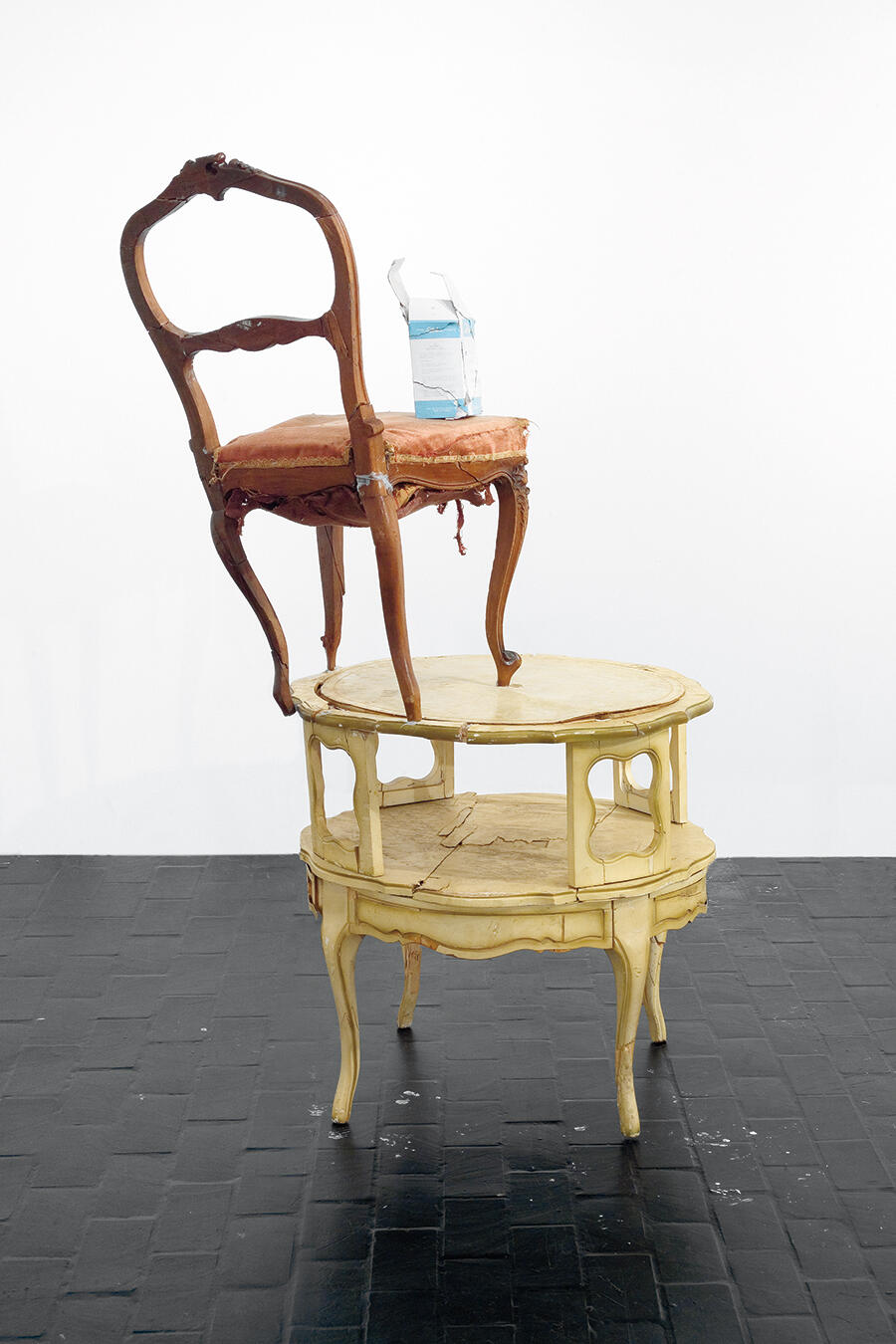
In Fischer’s whimsical world of wonder, love can be as archetypal as the oblational pietà and as simple as the pure pleasure of a croissant. Presenting forms that variously manifest as the emotional bonds of family, the tenderness between friends and a ubiquitous fascination with the materiality of form, ‘Urs Fischer: Lovers’ writes a scintillating love letter to love itself.
‘Urs Fischer: Lovers’ is on view at Museo Jumex, Mexico City, until 18 September.
Main image: ‘Urs Fischer: Lovers’, 2022, installation view, Museo Jumex. Courtesy: the artist and Museo Jumex; photograph: Stefan Altenburger Photography Zurich









